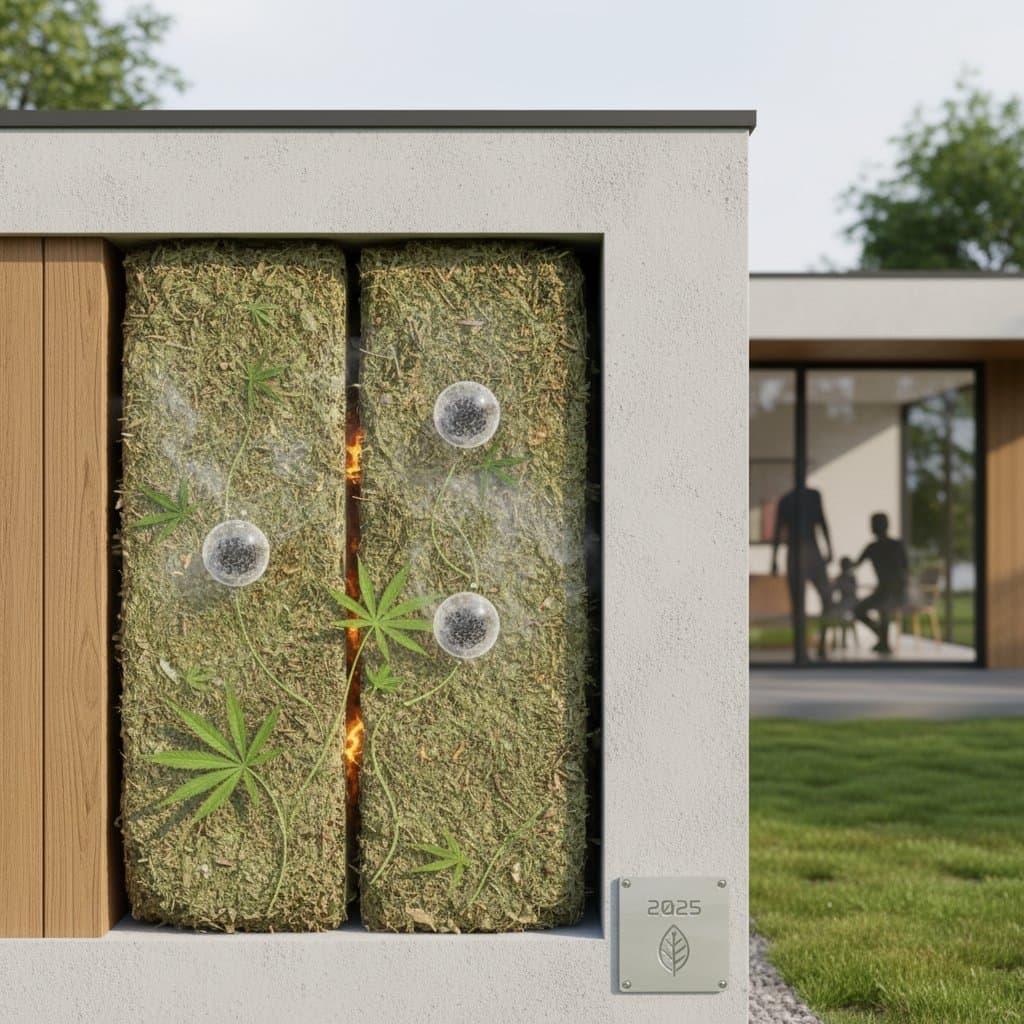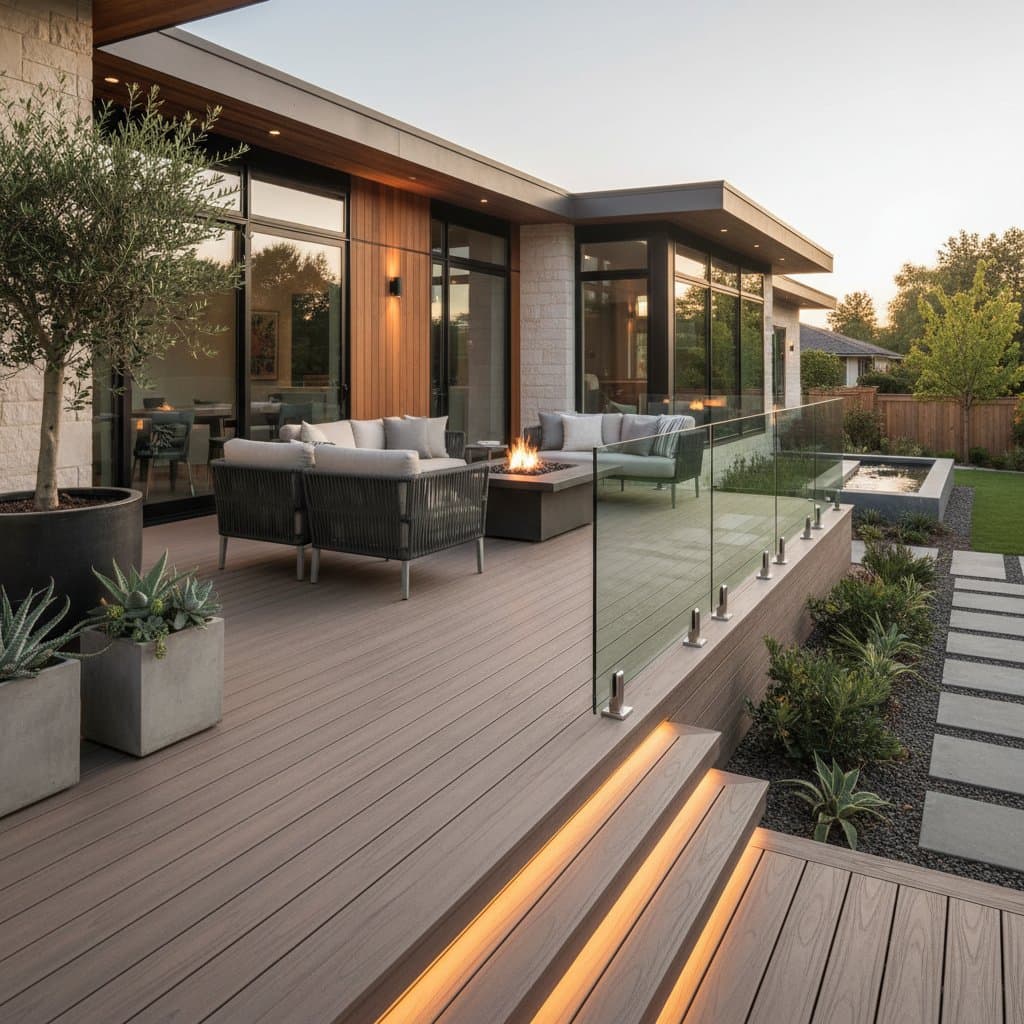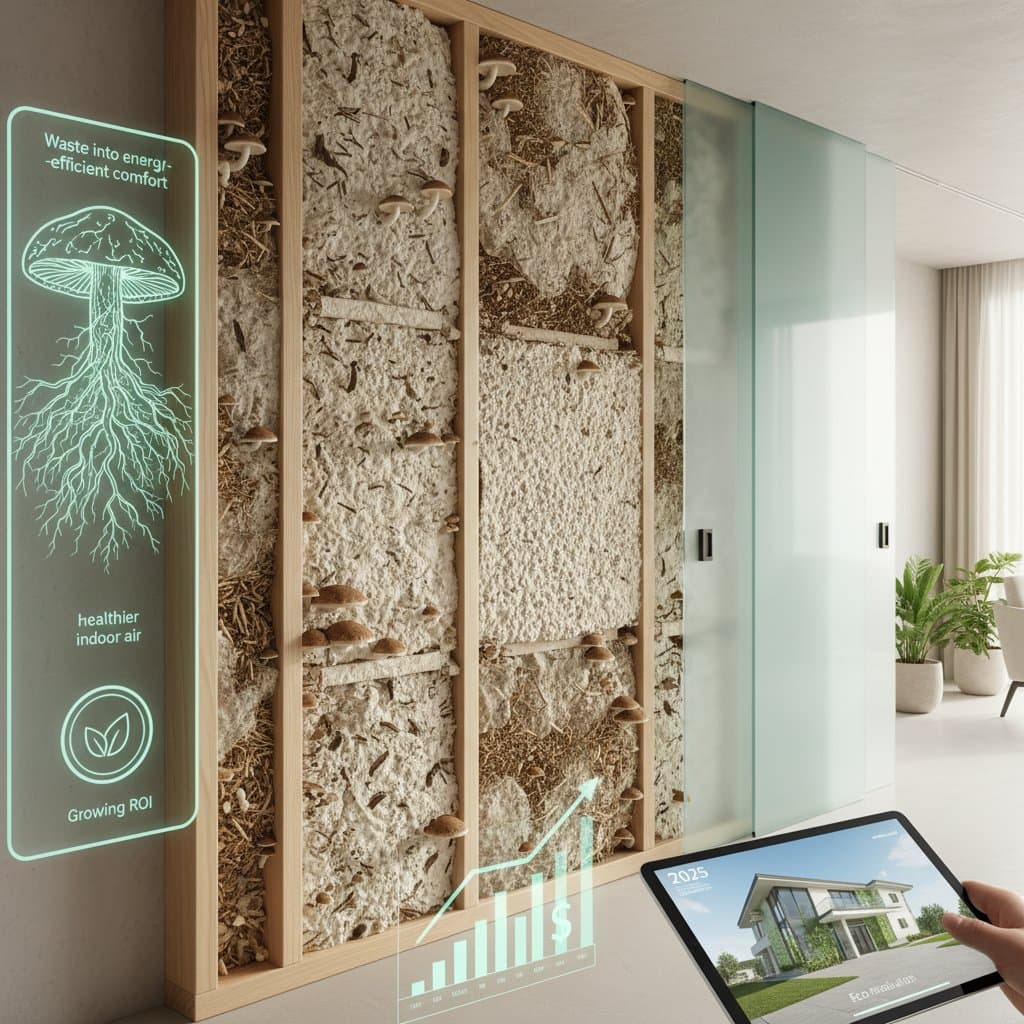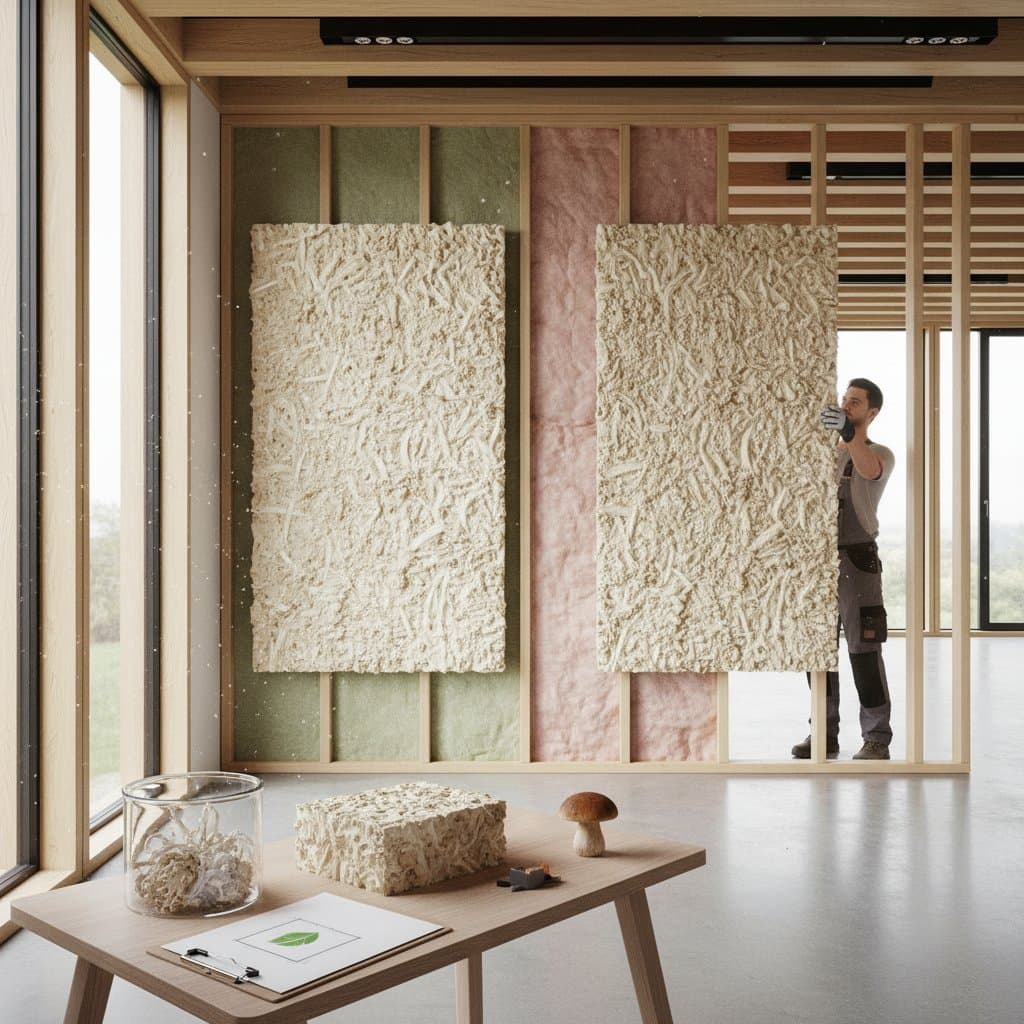Key Points
- Hempcrete mixes hemp hurd, lime, and water to produce lightweight insulation that sequesters carbon throughout its lifecycle.
- The material provides inherent fire resistance, moisture control, and thermal stability, free from synthetic chemicals.
- Installation costs vary from affordable DIY options to professional systems, with strong returns through energy savings and durability.
- Growing adoption reflects demand for resilient alternatives to traditional insulation in sustainable construction.
- Fireproof properties enhance safety and property value, complementing environmental advantages.
Building Safety and Sustainability
Picture walls that absorb excess humidity, maintain steady temperatures, and withstand flames without chemical aids. Hempcrete realizes this concept as a bio-based insulation material that merges environmental benefits with robust performance. Homeowners and builders value it for fostering comfort while aligning with responsible construction practices.
Demand for hempcrete surges due to its proven effects on energy use, fire safety, and longevity. As environmental concerns and safety regulations intensify, this composite material reshapes standards for durable, low-impact buildings.
Understanding Hempcrete Composition
Hempcrete consists of three natural components: hemp hurd, the inner woody part of the hemp plant; a lime-based binder; and water. These combine to yield a porous, lightweight substance suitable for casting into walls, blocks, or panels.
Hempcrete serves as non-structural insulation and infill within timber or steel frames. After curing, it creates a vapor-permeable barrier that shields against thermal fluctuations and moisture accumulation. Its organic makeup deters pests and mold naturally, eliminating the need for chemical interventions.
Hemp's Role in Sustainability
Hemp thrives quickly, requiring little water and no pesticides, which establishes it as a top sustainable resource. Cultivation on one acre captures substantial carbon dioxide, which remains embedded in hempcrete walls. This process grants the material a negative carbon footprint across its full lifecycle, setting it apart from most construction options.
Fire Resistance Benefits
Hempcrete excels in fire resistance by charring on exposure rather than burning, while avoiding toxic emissions. The lime matrix encasing plant fibers forms an effective flame shield. Tests demonstrate that hempcrete walls endure prolonged fire contact without collapse.
This trait proves vital for residents in high-risk fire areas or anyone prioritizing security. Foam or fiberglass insulations frequently break down or produce dangerous smoke during fires. Hempcrete offers reliable, built-in defense without extra applications.
Financial Implications of Fire Protection
Fire resistance extends to economic advantages, such as reduced insurance rates for compliant structures. Buyers often pay premiums for properties featuring durable, safe materials. Owners gain tangible returns from heightened protection and appeal, surpassing mere energy reductions.
Thermal Performance and Indoor Comfort
The porous nature of hempcrete imparts high thermal mass, allowing it to absorb and gradually release heat. This stabilizes room temperatures and lessens dependence on heating or cooling equipment. Research indicates potential reductions in climate control energy use by up to 40 percent over standard insulations.
Hempcrete also manages humidity by absorbing and expelling moisture efficiently. Such regulation fosters healthy indoor air and averts issues like mold or deterioration. Unlike synthetics, it prevents moisture trapping, which safeguards wall integrity.
Calculating Energy Returns
Upfront costs for hempcrete exceed those of fiberglass or mineral wool, aligning with mid-to-high-end insulation ranges. Durability and efficiency, however, recoup expenses via lower bills within a few years. Across a 50-year span, savings accumulate significantly, with no need for replacements.
Carbon Storage and Ecological Effects
Hempcrete's environmental merits surpass energy efficiency through active carbon capture. Lime absorbs CO2 during curing, and hemp retains growth-phase carbon. Together, these mechanisms form walls that offset emissions persistently.
Assessments reveal hempcrete's carbon-negative profile, outpacing traditional materials. Full-system applications aid net-zero certifications or better. Developers and owners leverage this for stewardship and market edge.
Shaping Market Dynamics
Sustainable housing demand propels hempcrete's rise. Valuations and financing now favor green features and low-carbon methods. Builders incorporating it tap into expanding sectors that prize innovation and verifiable results.
Implementation Guidance for Builders and Owners
Hempcrete application demands expertise in mixing, curing, and framing. DIY enthusiasts with skills can manage small projects, but professionals guarantee uniform results. Cast it on-site around frames or use prefabricated panels for efficiency.
Cost Breakdown
- DIY Projects: Materials cost moderately above basic insulations, influenced by local hemp availability.
- Professional Installations: Comparable to advanced masonry or insulation setups.
- Ongoing Maintenance: Low, as it withstands mold, pests, and decay without treatments.
Availability improves with emerging production centers, promising competitive pricing as networks grow.
Navigating Regulations
Local codes differ, classifying hempcrete as non-load-bearing filler. Compliance may involve performance tests or certifications. Consult authorities early to align with bio-material allowances in updated standards.
Aesthetic and Design Options
Hempcrete inspires architectural creativity with its earthy texture and neutral hue, complementing wood, stone, or metal. Expose it for a tactile finish or apply plaster for smoothness. Select vapor-permeable coatings to sustain moisture balance.
It adapts to contemporary, classic, or restoration projects, preserving breathability in heritage buildings.
Enhancing Health and Air Quality
Hempcrete supports wellness by excluding volatile compounds and synthetics. Humidity control minimizes allergens and irritants, promoting better breathing.
Paired with natural finishes, it cultivates wholesome interiors. Families benefit from reduced chemical exposure, elevating daily living standards.
Wellness as an Asset
Rising focus on air quality boosts value for health-centric homes. Natural builds draw premium buyers, enhancing resale through proven comfort and safety.
Ensuring Long-Term Resilience
Hempcrete investment secures enduring stability against fire, mold, and wear. In variable climates, its mass mitigates energy fluctuations, cutting costs over time.
Upcoming carbon regulations favor pioneers, granting compliance ease and competitive edges for stakeholders.
Steps to Integrate Hempcrete
Define objectives like energy gains, fire defense, or eco-impact. Engage natural building experts for tailored assessments.
Project Initiation Guide:
- Locate Suppliers: Find local hemp processors or ready lime-hemp mixes.
- Hire Specialists: Connect with hemp-lime certified architects or builders for estimates.
- Review Site Conditions: Factor in regional climate for optimal thickness and mixes.
- Select Coatings: Opt for permeable plasters or paints to match properties.
- Seek Funding: Check grants or loans for sustainable initiatives to ease costs.
These measures convert sustainability aspirations into practical enhancements that boost living quality and asset worth.








